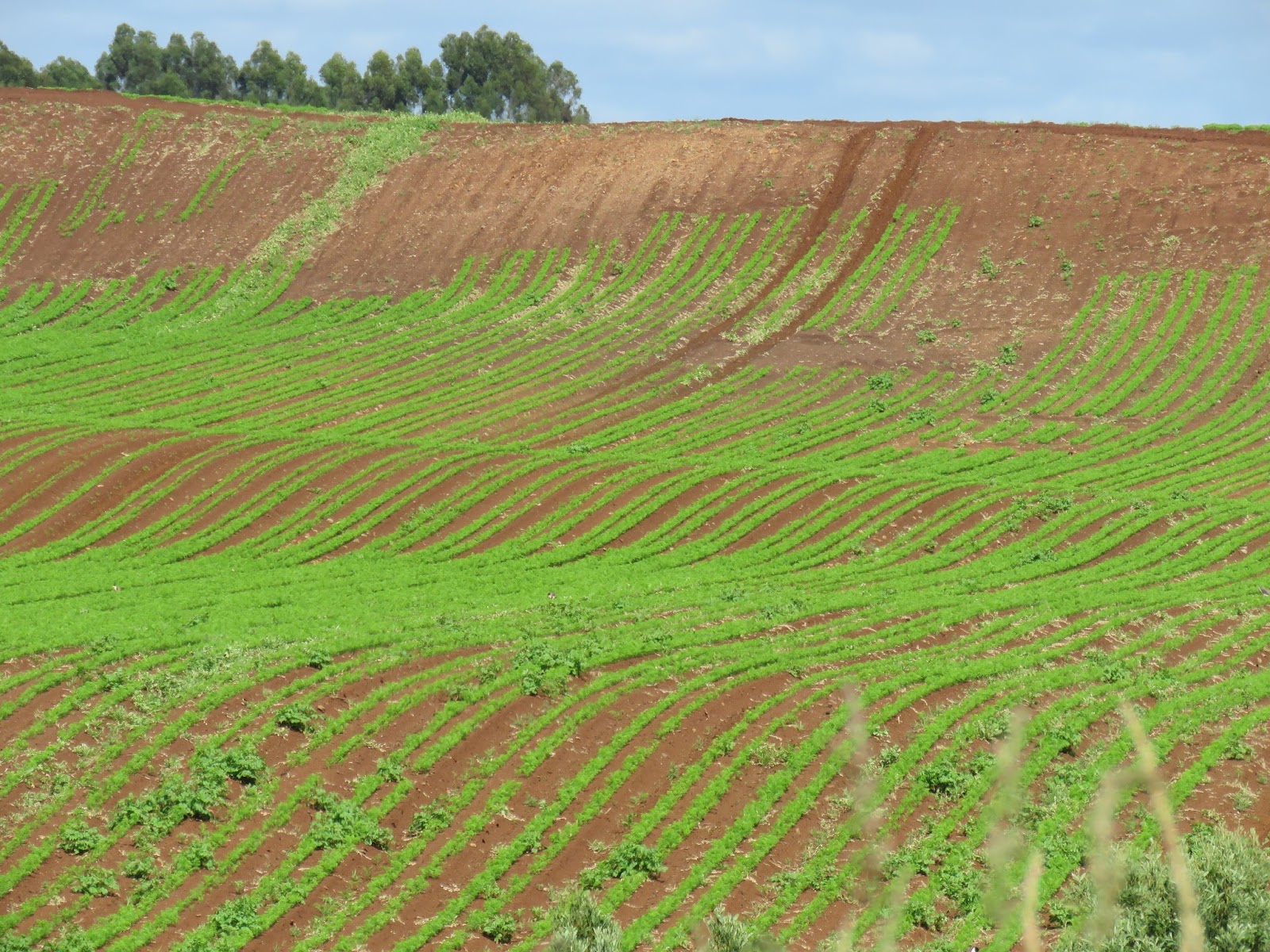 |
| Wildebeest in the bush. |
“Sighting of the Day in the Bush”
 |
| A mom and her calf. |
Today is US income tax filing day, although it’s tomorrow when it fell on a Sunday. Fortunately, our trusty accountant in Nevada completed our taxes, and they’re filed with the IRS (Internal Revenue Service). That’s one less thing to think about.
 |
| A vast expanse of the Crocodile River. |
Over the past month or so, I’ve been gathering the data to submit after having forwarded all of our tax documents to him that had been arriving at our mailing service in Nevada since the first of the year.
 |
| Giraffe crossing the paved road in Kruger. |
We’re glad that’s behind us now as we begin to review and contemplate our upcoming itinerary. At this point, we’re considering some changes for 2019, which, once completed, we’ll post here.
 |
| Tom says this looks like a “magistrate.” I say it looks like a type of eagle. Louise explained it was a Fish Eagle. |
The certainty in our itinerary are the times we’ll spend in 2019 visiting family in Minnesota (our kids and grandkids), Nevada (son Richard and sister Susan), Arizona (Tom’s three sisters who spend their winters there), and California (my sister Julie and other relatives). However, the specific dates of our arrival may change slightly.
 |
| Louise explained this is a saddled bulled stork. Thanks, Louise! |
However, we’re considering swapping out a cruise for an adventure in Africa. We’ll soon share, providing it all works out. We’ve inquired with several questions and look forward to a response soon.
 |
| Oxpecker eating insects off a giraffe’s neck. |
As for the past 24 hours, we spent a glorious day and evening on the veranda. The wildlife visited us all day and evening while we reveled in taking more photos while observing their behavior.
 |
| We were excited to see this hippo and her baby. Waiting patiently, we hoped for more. |
Each species has its personality traits and behaviors we find fascinating, including distinct characteristics of each animal. The longer we’re here, the more apparent this becomes and the more interested we become in discovering more and more about them.
 |
| A short time later, we were able to capture this shot. |
At the moment, as we’re situated on the veranda, there’s a troop of baboons racing across the roof of our house. The noise is earsplitting. Tom is carrying an extension pole, used for cleaning the high spaces, and by holding this pole over his head and making some grunting noises, he can usually scare them off.
 |
| And then, this shot of her calf. |
As much as we love all the wildlife in Marloth Park, the baboons are destructive as they can be. If somehow they manage to get inside a house, they’ll tear it to pieces in no time at all, leaving a poopy fiasco behind.
 |
| This wildebeest was rolling around in the dirt. |
We can’t leave anything outside when we leave since they won’t hesitate to destroy anything they find. This has happened once since we arrived, and although we left nothing for them to destroy, they left piles of poop and pools of pee on the veranda we promptly cleaned. Yuck.
 |
| A southern ground hornbill. |
The smaller Vervet monkeys aren’t as destructive, but they too can leave a mess behind. We often find them playing with Marta’s brooms and wet mops she leaves outdoors to dry in the side yard.
 |
| She was nibbling on vegetation. |
Today, we’ll take a drive to see what wonders are awaiting us right here in Marloth Park. It rained for about 10 minutes this morning, but now it appears the sun will be coming out again soon.
Have a bright sunny day!
Photo from one year ago today, April 15, 2017:
There’s a glitch in our system which doesn’t show a post for this date, one year ago, perhaps due to the International Dateline difference of one day. We’re not going to try to resolve this issue. As a result, today’s photo is from April 14, 2017:
 |
| A day at Manly Beach for school kids. For more details, please click here. |


















































































































